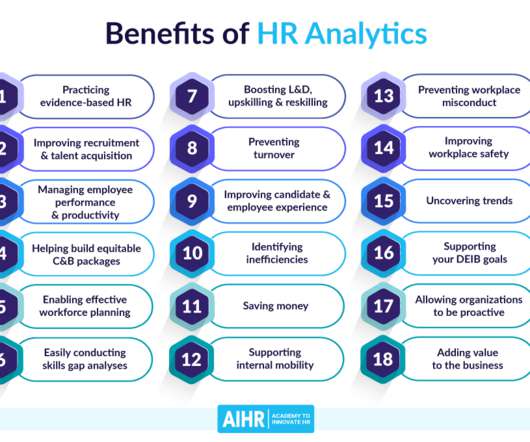Let’s Talk About the Trend Away From Base Pay Increases Towards Short Term Rewards
Something Different
JUNE 2, 2015
Namely; the percent of annual payroll budgets dedicated to salary increases has shrunk from a high of 10% to a current level of 2.9%, and short-term incentives as a percent of payroll has skyrocketed from 3.9% (when Aon first started tracking the metric in 1988) to a record 12.7% last year. ^In So what does it all mean?















Let's personalize your content